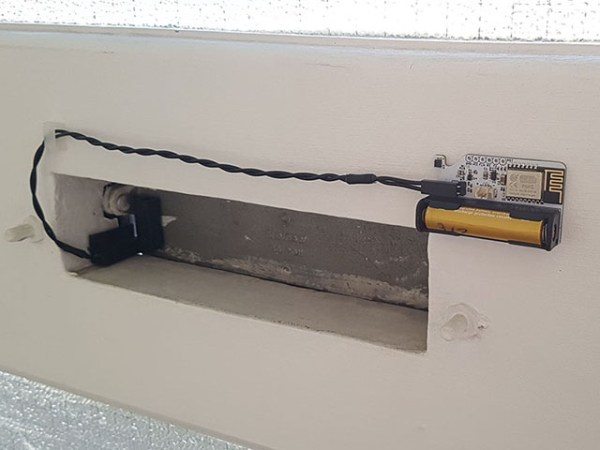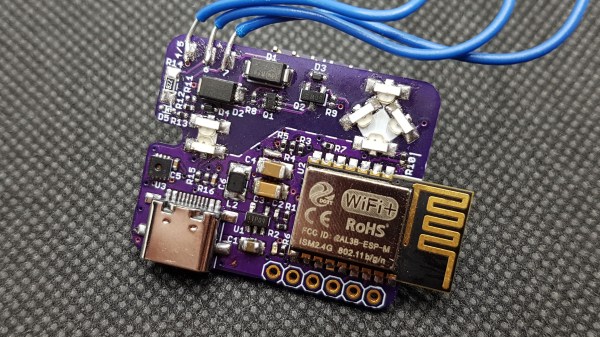
Hackerspaces are always looking for novel ways to let their members know that they are open for business, and this notifier [Angus] from Make, Hack, Void recently put together is no exception.
While dumpster diving one day, he came across a fantastic-looking lab power supply from the ‘70s. He gutted it, saving the variable transformer for a future project, and started constructing his notifier. When someone enters the hackerspace, they simply set the dial on the “Space Probe” to the amount of time they expect to be there. The built-in Seeduino sends the data over Bluetooth to an OpenWRT-enabled router, which uses a couple of Lua scripts to notify members via email and Twitter.
Since almost all of the processing is done on the router side, it leaves the Arduino in the probe with little more to do than flash an LED and send ASCII status messages any time the knob is turned. [Angus] is well aware that this would probably make most people’s heads spin, but he hopes that other hackerspace members use that untapped potential to further enhance the notifier.
Stick around to see the Space Probe in action, and if you are interested in seeing what other hackerspaces use to keep their members in the know, check out this status switch from Hack42.


















